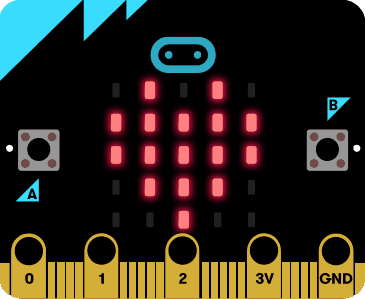Week 6 - Immersive Virtual Reality in Education
- Eva Kostopoulos
- Mar 27, 2023
- 2 min read
Updated: Apr 12, 2023
The integration of Immersive Virtual Reality (IVR) is increasing due to the affordability of the technology which can be more accessible within school environments, ultimately fostering imaginations of students (Bower, M., & Jong, M. S. Y., 2020). The possibilities that IVR provides is such a unique first-hand experience which would not be possible in the real world, together with opportunities for experimental and situated learning for student motivation and engagement (Di Natale et al., 2020).
Additionally, the technology which satisfies education purposes of IVR is CoSpaces Edu. CoSpaces Edu is an immersive learning experience that provides many aspects within the classroom as it is multidisciplinary and can be utilised endlessly. Once signing up for free for an account, students can choose a template or a blank canvas to then further customise with 3D objects, characters/objects and environments. Further, the built-in adjustment tools provided are convenient, features of additional sounds and interactive elements that are available to use create endless possibilities for the students' imaginations.
(CoSpaces Edu, 2020)
Fostering Creativity in the Classroom:
Mathematical learning within a primary school setting can utilise IVR, in particular the technology of CoSpaces Edu. The opportunities for students to visualise and manipulate mathematical models fundamentally allows them to understand and recognise mathematical concepts more easily.
Within the NSW Educational Standards Authority (NESA), the Stage 2 Mathematics covers the topic of ‘Measurement and Geometry’ which highlights key outcomes to which CoSpaces Edu can employ, such as; MA2-9MG, MA2-10MG, MA2-11MG, MA2-12MG and MA2-13MG (NESA, 2012). The visualisation and creation of 3D geometric shapes, exploration of mathematical relationships and models, and the option of collaboration amongst peers can be highly utilised with CoSpaces Edu for classroom settings.

Image from Eva Kostopoulos from Tutorial class EDUC3620
Pedagogical Critiques:
However, there are a few limitations that come with the technology CoSpaces Edu that teachers should be aware of, such as the time allocated in instructional resources and the technical requirements. In the creation of technological content comes the planning and skills required to teach and perform IVR, allocation of significant time may be necessary in the lesson plan. Furthermore, the specific amount of resources needed for the class may be not accessible for some schools, such as the mobile and desktop platforms, virtual reality devices, augmented reality devices, advanced technical details and possible troubleshooting errors.
References:
Bower, M., & Jong, M. S. Y. (2020). Immersive Virtual Reality in Education. British Journal of Educational Technology, 51(6), 1981–1990. https://doi.org/10.1111/bjet.13038
CoSpaces Edu. (2020). CoSpaces Edu for schools - Explainer video. YouTube. https://youtu.be/Kv0uXADAVtI.
CoSpaces Edu. (2021). Cospaces Edu for kid-friendly 3D creation and coding. CoSpaces Edu for kid-friendly 3D creation and coding. https://cospaces.io/edu/
Di Natale, A. F., Repetto, C., Riva, G., & Villani, D. (2020). Immersive virtual reality in K‐12 and Higher Education: A 10‐year systematic review of Empirical Research. British Journal of Educational Technology, 51(6), 2006–2033. https://doi.org/10.1111/bjet.13030
NSW Educational Standards Authority [NESA]. (2012). Mathematics K-10 Syllabus. Outcomes | NSW Education Standards. https://educationstandards.nsw.edu.au/wps/portal/nesa/k-10/learning-areas/mathematics/mathematics-k-10



Comments